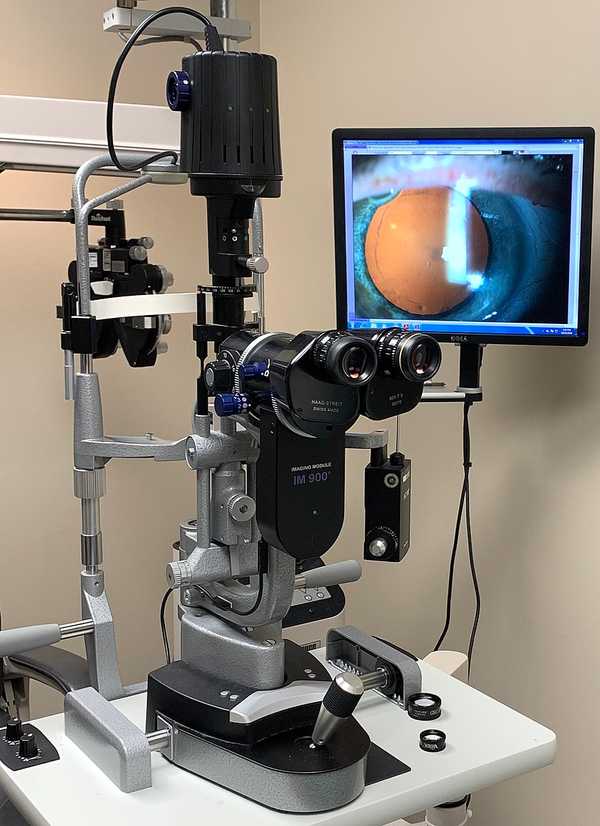How To Tell Are Eye Floaters Normal Or Harmful
Ah, eye floaters - the scourge of eyeballs worldwide. Distracting, consuming. It’s almost as if these floaters are designed to torment and annoy. Is there any hope?
At some point in almost everybody’s life, squiggly object floaters can appear in one’s vision. These floaters range from a mild nuisance to frankly quite annoying. So why does this happen?
Most eye floaters are caused by the vitreous detaching from the retina in the back of the eye. Vitreous is a solid.
The major floater event in everyone’s life is when the vitreous (the jelly-like scaffolding of the eye) pulls away from the retina in the back of the eye.
The eyeball itself is filled with a jelly-like substance called vitreous. This jelly-like substance provides support and scaffolding for the eye. Gradually over time, this vitreous starts to break down from the jelly-like consistency to more of a liquid. As this happens, this vitreous starts to clump up on itself and form dots or strands in the vision. This is the beginning of floaters.
Eventually, this vitreous starts to pull away from the retina at the back of the eye. This is called a posterior vitreous detachment. When this happens, a much larger and very noticeable floater appears within the vision. This is the peak of floater annoyance.
What To Watch For With Floaters

Keep your vision safe when floaters develop; Image by Garry Knight from London, England, CC BY-SA 2.0, via Wikimedia Commons
It is important for everyone to be aware of a few things when these floaters arise. The floater is annoying, but there is another concern.
As the vitreous continues to pull away from the retina, it can tug a bit more on the retina. Too much tugging can cause a tear in the retina.
Fortunately, tears can be treated with a simple laser procedure. But if left untreated, this tear can lead to a retinal detachment and vision loss!
However, if a retinal detachment is caught early, then the vast majority of people can avoid vision loss. To be caught early, it’s important to know what it is and the symptoms it causes.
Retinal Detachment
The retina of the eye translates light into signals that the brain can understand. To keep healthy, the retina has its own blood vessels but also sits on a nice layer of blood vessels called the choroid. Both the retina vessels and the choroid are critical for the retina to remain healthy. A retinal detachment occurs when the retina detaches from the choroid layer underneath. When this happens, the retina doesn’t get the blood supply that it needs and starts to die.
The first warning sign of a retinal detachment is a tear developing in retina. With a retinal tear, lots of flashing lights occur (like lightbulbs or fireworks going off in the eye), followed by a bunch of new floaters.
If a tear develops, it is important to get the tear treated. An untreated tear can lead to a retinal detachment. A laser is used to place a barrier around the tear. Without a barrier, fluid can enter the tear and get underneath the retina to cause a detachment.
If a retinal detachment occurs, you can notice a shade of curtain of vision loss. These symptoms are an emergency and merit a trip to the emergency room. With surgery, a retinal specialist can reattach the retina to prevent further vision loss.
Knowing about retinal detachments are the first step to treating them, especially if you are near-sighted. The more near-sighted you are, the greater the risk of retinal detachment. But with quick action, you can prevent vision loss.

Get an eye exam; Image by U.S. Air Force photo/Staff Sgt. Christopher Boitz, Public domain, via Wikimedia Commons
So after a large floater develops in your vision, it’s always a good idea to
- visit your eye care provider for a full dilated exam to look for retinal tears and
- be aware of the signs of a retinal tear.
If you start to notice a bunch of flashing lights followed by new floaters in your vision, this can be a sign of a retinal tear and a need to have a dilated exam. While most people never end up getting a retinal tear, it’s important to keep a lookout just in case you fall into the camp that does (especially if you are near-sighted). Because caught and treated retinal tears can save vision.
How Do I Get Rid Of Eye Floaters?
So what happens next with floaters? The good news is that floaters gradually fade away over time. The bad news is that it can take quite a long time; sometimes even a few years! Gradually over time, as the vitreous thins more and more, the floater starts to settle out of the vision. Also, over time, the brain starts to learn that the floater is unimportant and should be forgotten. When vision is interpreted by the brain, it starts to ignore the floater and it becomes less and less evident. So that eventually one day, you forget that the floater is even there!
Can floaters be cut out? Well, yes! Rarely. For severe floaters, a retinal surgeon can cut out the floaters (and all the vitreous) through a surgery called a vitrectomy. However, this isn’t done for most floaters. For most people, the risks of the procedure just don’t justify the benefits.
So there is a search for less invasive ways to treat floaters. Recently, some retinal surgeons are beginning to use lasers in a procedure called YAG floater vitreolysis to break up floaters. This could potentially work on certain types of floaters, but just simply isn’t mainstream. There’s much more to learn in the future about how to safely perform this procedure.

Occasionally floaters can be treated with a procedure; Image by OKJaguar, CC BY-SA 4.0, via Wikimedia Commons
So what to do? Well you can join some people and accept your floaters and name them. Other than surgery and it’s risks there isn’t much else. Rest assured though that gradually over time the floaters diminish. Through a process of neuroadaptation, the brain starts to realize that these floaters aren’t important. Until eventually, the floaters just “disappear!”
Related Articles
Also check out EyeMountain.com for more great eye articles
Please note: The general information provided on the Website is for informational purposes only and is not professional medical advice, diagnosis, treatment, or care, nor is it intended to be a substitute therefore. See the Disclaimer and Terms of Use for more information
.jpg)